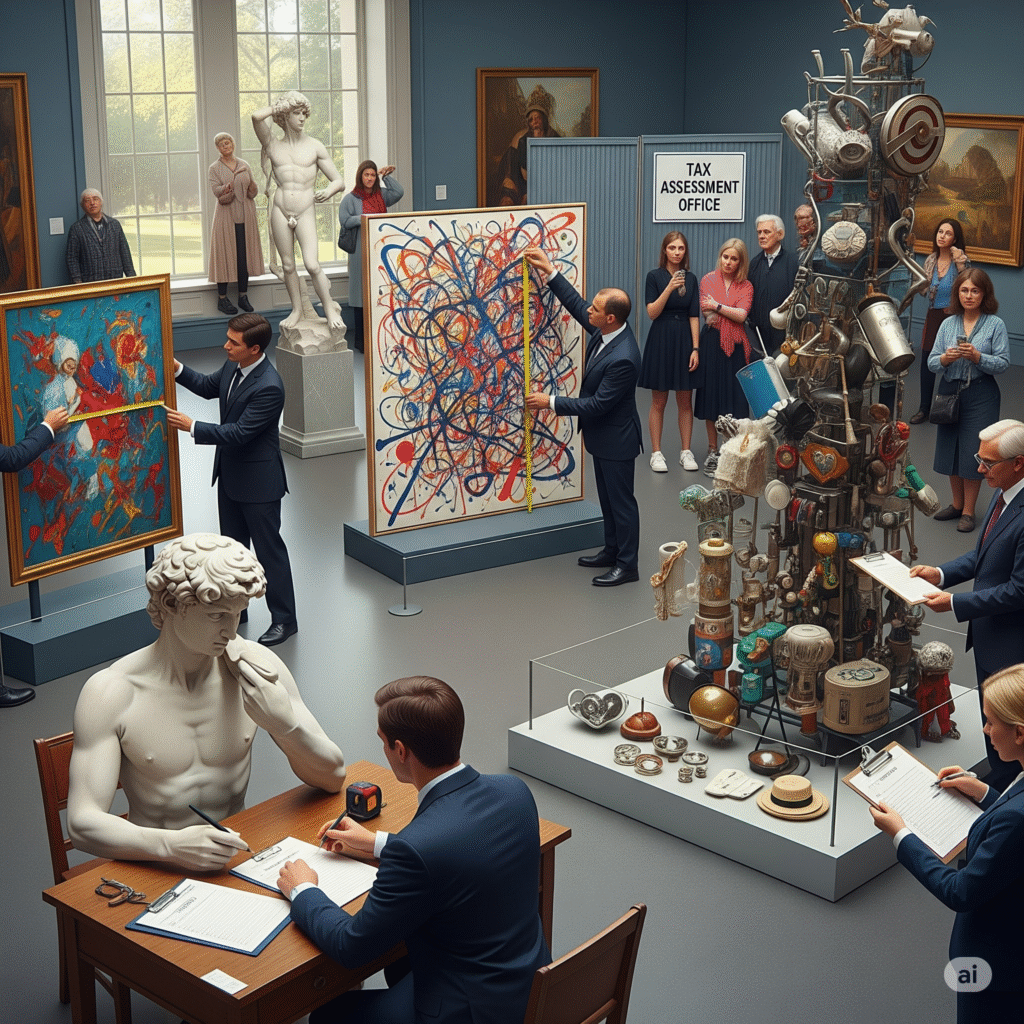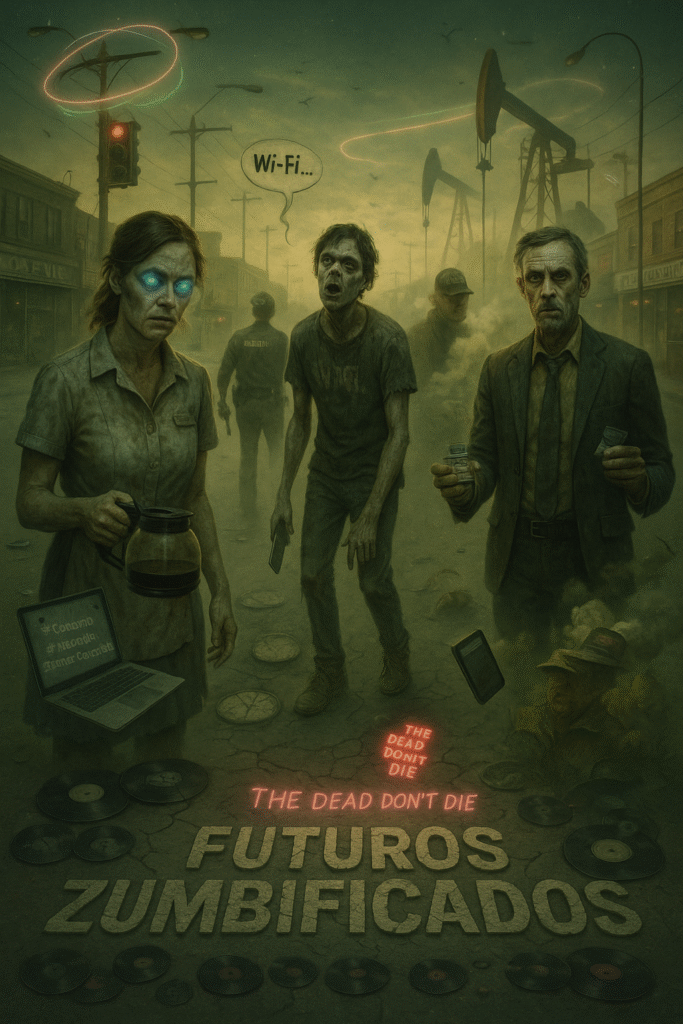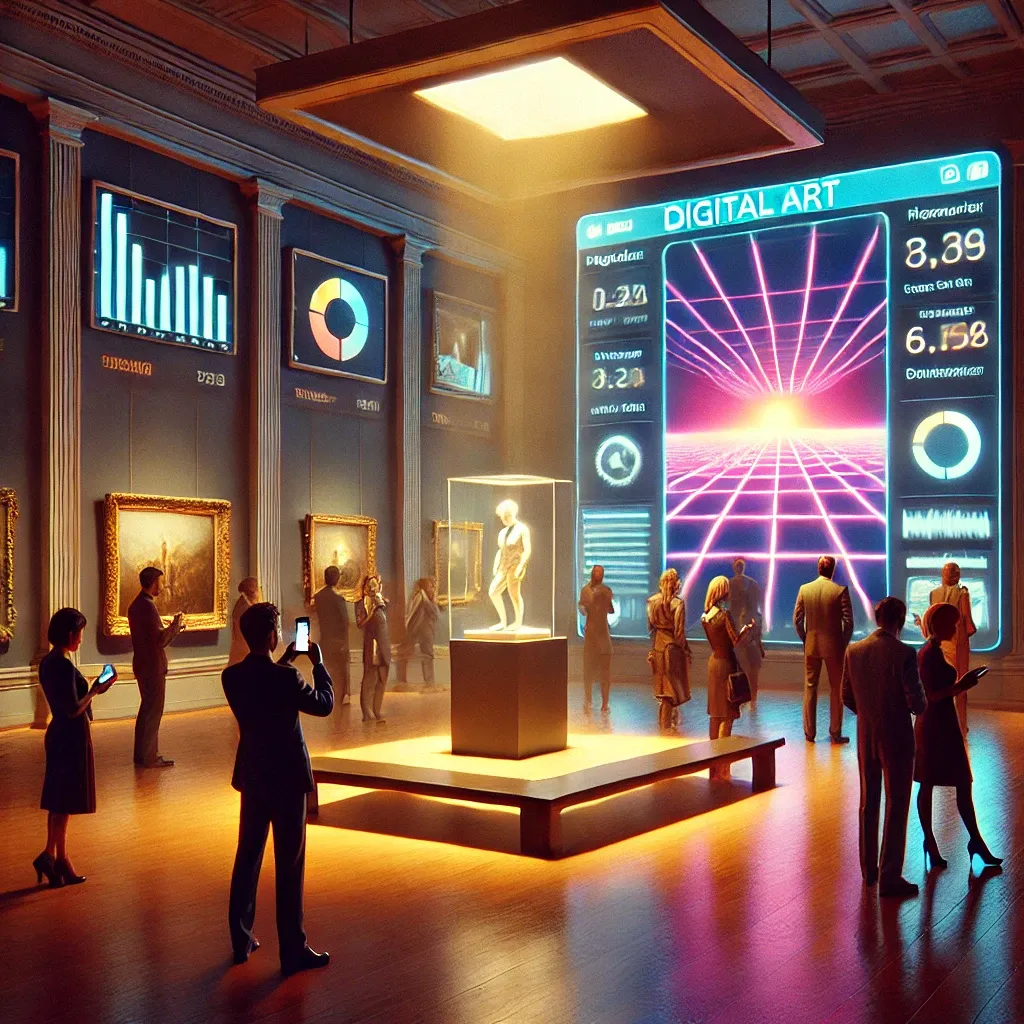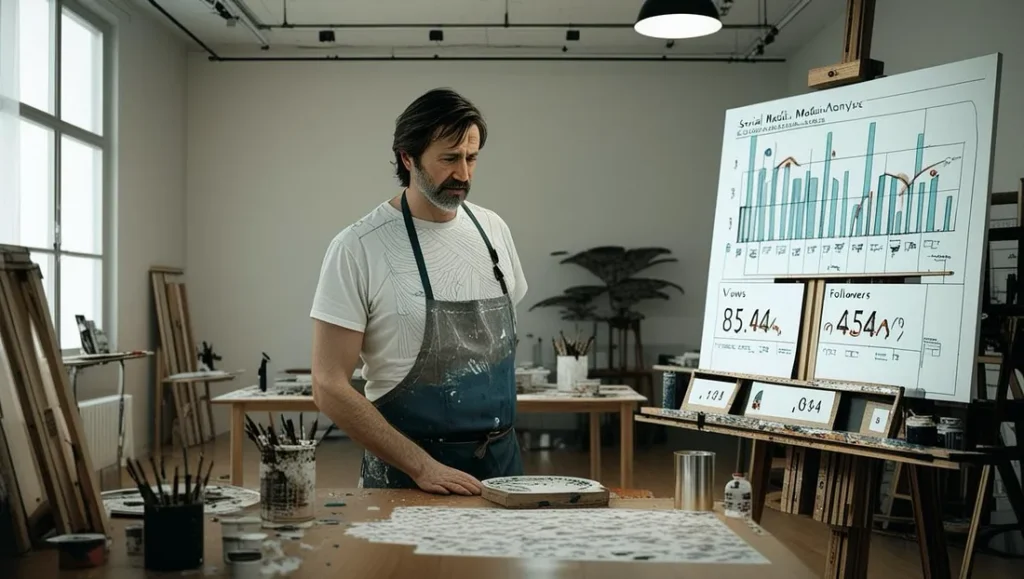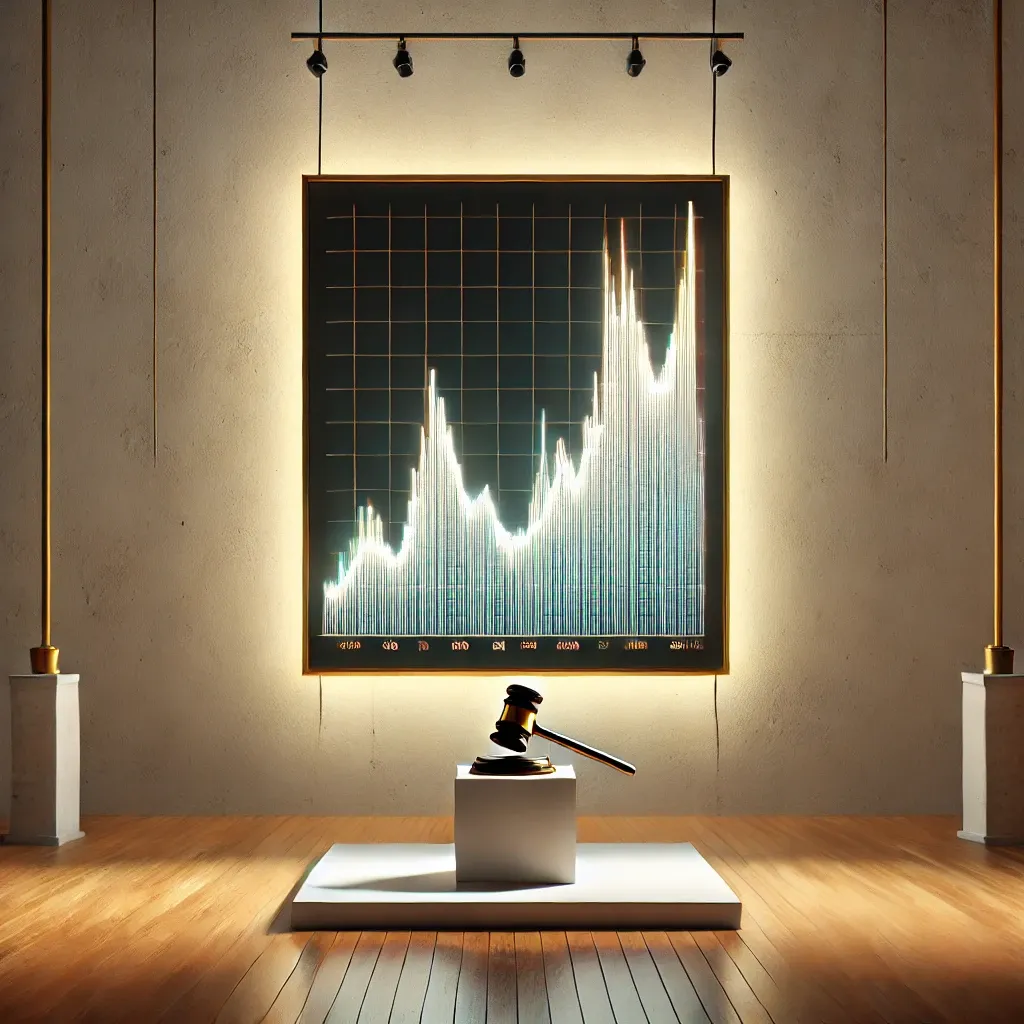The Changing Landscape of Global Art Trade: An Analysis of Tariff Impacts and Strategic Responses
Arun Kakar, Artsy’s Art Market Editor, provides a vital—though partial—diagnosis of the challenges posed by recent U.S. tariff policies on the global art trade in 2025. In his articles “What Art Collectors Need to Know About Trump’s Tariffs” (March 25, 2025), “Is Art Affected by Trump’s Tariffs?” (April 10, 2025), and “4 Ways Trump’s Tariffs […]

